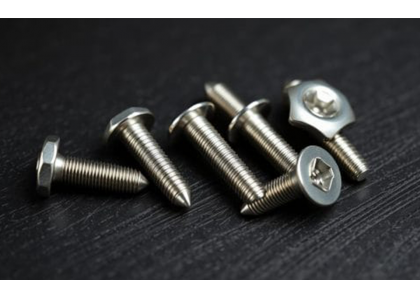
In the industrial and construction fields, choosing the right stainless steel screws is crucial to ensure the stability and durability of the structure. 316 and 304 stainless steel screws show their advantages in different applications due to their different characteristics.
First, subtle differences in chemical composition
304 stainless steel, also known as A2, contains 18-20% chromium and 8-10.5% nickel and is the most common type of stainless steel.
316 stainless steel, also known as A4, in addition to similar chromium and nickel content to 304, it also adds an additional 2-3% molybdenum, which enhances its corrosion resistance.
Second, the significant difference in corrosion resistance
304 stainless steel is suitable for most indoor and freshwater environments, while 316 stainless steel shows superior corrosion resistance in Marine and chemical environments due to its molybdenum content.
Third, the balance of strength and application
Although the two screws are similar in strength, the molybdenum content of 316 provides additional strength and stability in demanding applications.
Fourth, cost and benefit considerations
316 stainless steel usually costs more than 304 stainless steel due to its higher corrosion resistance and molybdenum content, but in certain environments, its long-term benefits may be more significant.
Fifth, processing and maintenance considerations
304 stainless steel has good machinability and is easy to form and process. 316 stainless steel, because of its higher hardness, may require more professional processing technology and maintenance.